Best of India Tours
- Golden Triangle Tour- Best of India & Nepal
- Classical Rajasthan
India Cultural Tours
- Images of North India- Karnataka Heritage
- Rajasthan & Goa Tour
Discover India Tours
- Grand India Tour- North to South India
- Central to South India
Rajasthan Tours
- Classical Rajasthan Tour- Golden Triangle Tour
- Grand Mughal Tour
India Luxury Trains
- Palace on Wheels- The Golden Chariot
- India Deccan Odyssey
- The Indian Maharaja
- Royal Rajasthan on Wheels
Nepal Tours
- Glimpses of Nepal- Buddhist Pilgrimage
- Nepal River Rafting
- Destinations of Nepal
- Nepal General Info
India Wildlife Tours
- North India Wild Life- South India Wildlife
Tibet Tours
- Tibet Monastery Tours- Explore Tibet
- Destinations of Tibet
Spa & Yoga Tours
- Ananda in Himalayas- Yoga & Meditation
Adventure Tours
- Manali Safari Tour- Himalayan Trekking
- Horse Safari
Pokhara
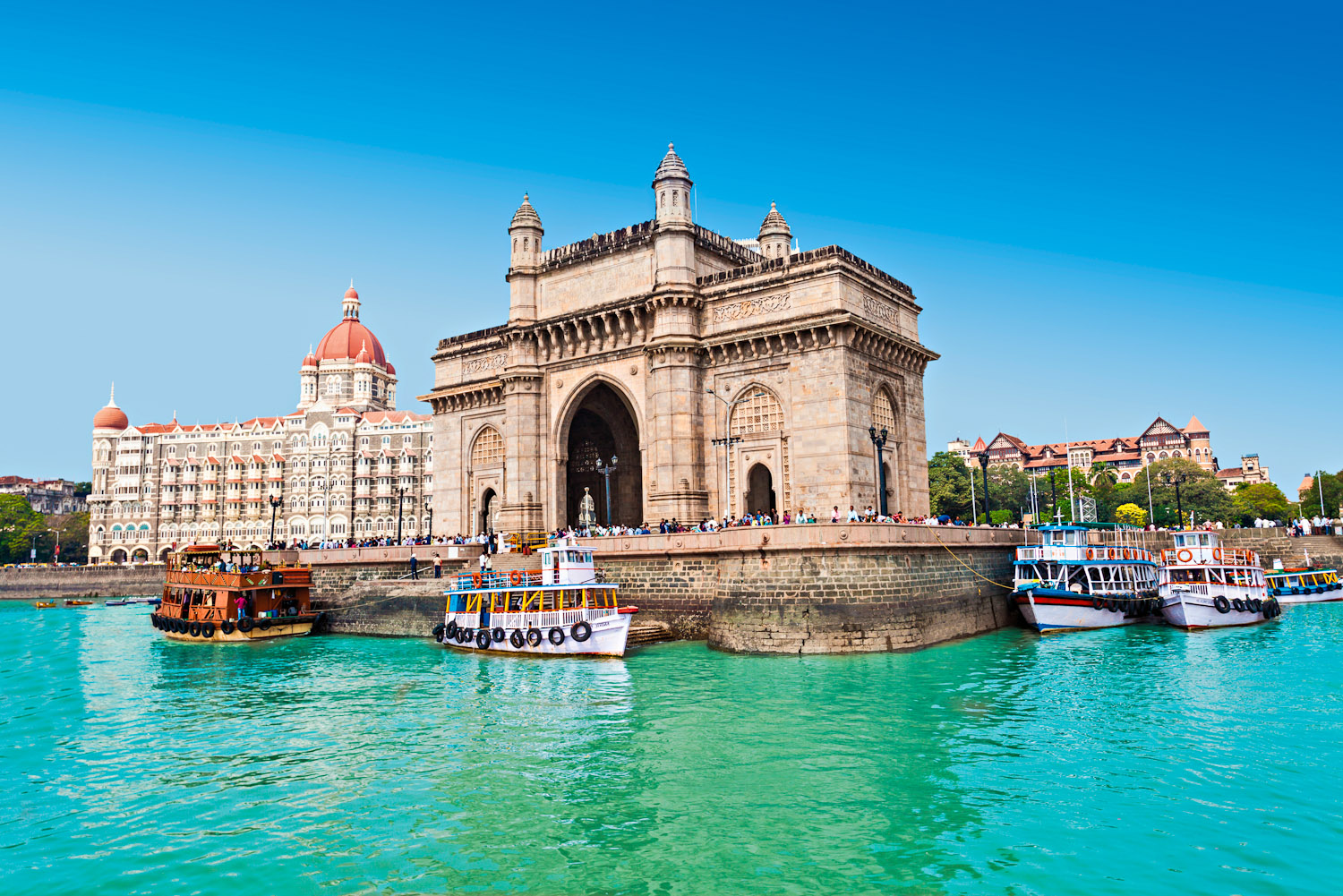
The biggest tourist destination in Nepal after Kathmandu, Pokhara is a subtropical valley surrounded by lofty Himalayan peaks. The name Pokhara has been derived from pokhri, a word in Nepali signifying pond. In earlier times the place was a big lake. Today in addition to the town, there are three major lakes namely, Phewa, Rupa, and Begnas here. Due to its nearness to the Himalayan peaks, Pokhara is home to some of the most beautiful vistas in the world. The abrupt changes in the altitude makes the place even more exciting. Pokhara does not have a long history. It was founded in the 16th century by Gurungs.
The construction of two national highways in 1970’s marked the phase of modern development here and in no time it became a well-known hippie hideout.Today, Pokhara is the centre of river rafting industry and starting point of some of the most exciting treks besides being an important administrative and commercial centre in Nepal. The town landscape has changed a lot in the last few decades and a concrete jungle has came up to satisfy needs of ever increasing number of visitors. But Pokhara has still maintained its small town image that is best experienced during the off season.
Sightseeing
There is no better place in Nepal that can give you exciting sights of lofty Himalayan ranges and that too in the relative comfort of subtropical climate. Pokhara is the most exciting view point in Nepal giving you the magnificent sights of major Himalayan ranges such as Annapurna range, Dhaulagiri, Machhapuchhare and Lamjung. The centre of all tourist activities in the town is Lakeside, on the shores of Phewa Lake. The town has many more natural as well as man-made attractions such as Begnas Tal and Rupa Tal, Bindyabasini Temple, Mahendra Fall, Deep Gorges, Devi’s Fall, World Peace Pagoda and Tibetan Refugee Camp.
Excursions
The Pokhara Valley is home to splendid viewpoints, rivers and trekking routes that delve deep inside the Himalayan ranges. It is also a heaven for river rafters who flock the river Seti, which flows across Pokhara Valley, to indulge in this adventurous sport. This milky white river also forms many gorges that present the fascinating views to the visitors. Situated to the north of Phewa Tal is Sarangkot, a peak from where you get splendid view of the valley and mountains surrounding Pokhara.
Excursions for Pokhara
Phewa Lake
The second-largest lake in Nepal, the Phewa Lake is also the most important landmark of Pokhara. The Lakeside here is the centre of the activity. It covers almost half of the eastern shores of Phewa Lake. Most of the hotels, restaurants, shopping and souvenir stores and recreational centres are located here. Take a stroll along the shores of the lake to get yourself acquainted with the main tourist district of Pokhara. You can also enjoy boating, fishing and swimming in this beautiful lake.

View Point (Pokhara)
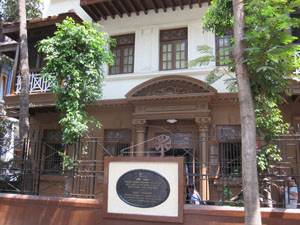
Pokhara is an excellent place to view the beauty of majestic Himalayan peaks. Annapurna (7129 m), the 10th highest peak in the world is situated just 24 km away from here. You can spend hours just appreciating its splendour. However Annapurna is not the only range to appreciate from Pokhara. The northern skyline is full of major peaks like Dhaulagiri (8167 m), Machhapuchhare (6997 m), and Lamjung (6983 m). These peaks coupled with Annapurna make Pokhara a unique place in that from here you can enjoy such magnificent views in the comforts of sub-tropical surroundings.
Begnas Tal & Rupa Tal
Phewa is not the only lake in Pokhara but one of the seven lakes in the valley though not all are as large as Phewa. Rupa and Begnas Lakes are among the larger lakes situated approximately 15-km east of Pokhara. Both of the lakes are twin bodies of water separated by a low ridge and worthy of half-day visit.
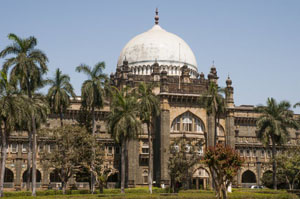
Temple Of Tal Varahi
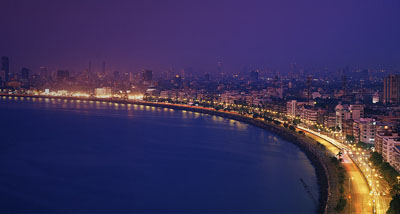
In the middle of the Phewa Lake, on an island, is located Tal Varahi Temple. You can take any of the colourful boats available from Varahi Ghat to reach the temple.
Bindyabasini Temple
The temple is oldest structure in Pokhara built by Newari traders in the 16th century. You will have to negotiate a long flight of steps to reach the temple, whose main shrine is dedicated to Goddess Durga. There is a new Shiva Temple and a small Buddhist monastery at the base of the temple.
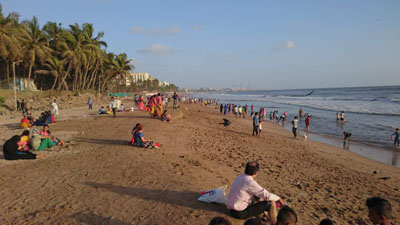
Mahendra Cave
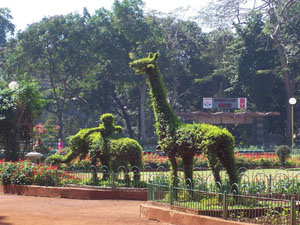
A limestone cave with stalagmites and stalactites, Mahendra Cave is an important religious as well as natural attraction. You can see images of many Hindu gods and goddesses on the walls. The images are said to have been formed naturally.
Deep Gorges
Seti river flowing across Pokhara has created many gorges, most important being the Seti gorge. The fascinating vistas of these deep and narrow gorges can be best viewed from Mahendra Pool.
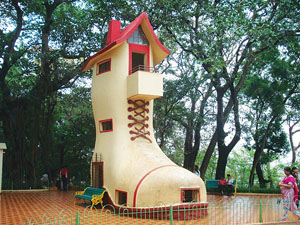
Devi's Fall
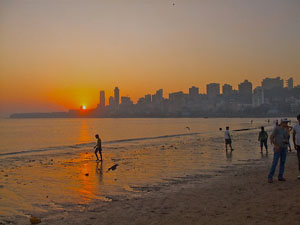
Known locally as Patale Chhango or Hell’s Fall, this fall has many other names including David or David’s Fall. The fall derives its source from the Phewa lake’s water that flows out at the south end into the Pardi Khola, a stream which shoots down suddenly into a hole. Situated one kilometre from Pokhara, the fall has some good pre-monsoon swimming places to its left and behind.
World Peace Pagoda
The pagoda is situated across the Phewa lake on top of the hill. To reach the Pagoda you will have to row to Hotel Fewa and then take the trail behind it to the top.

Tibetan Refugee Camp

Situated across the road from Devi\’s Fall, the Tashling Tibetan Village has been set up by the Tibetan refugees, whose primary occupation is selling jewellery and souvenirs. There is a shed where wool is dyed and spun for carpets and a Tibetan Children\’s Village for orphaned Tibetan children in Nepal.
Sarangkot
Sarangkot is one of the highest viewpoints in Pokhara, presenting magnificent sights of the valley and Himalayan peaks. The 1592-metre summit is crowned by ruins of a kot or stone fortress of Kaski Kingdom. From here you can get the stunning sights of Phewa Tal, Dhaulagiri, the Annapurna range, and Machhapuchhare. For a clear view, get up pretty early or stay overnight in any of the lodges just below the summit.

Seti River

Seti in the local language means white and this river couldn’t have a better name. The milky waters of Seti River flowing across Pokhara make it a sight of attraction here. The reason behind the river being white is the limestone rich soil which after mixing with the water changes its colour.
Fact File
 Population:95,000
Population:95,000
 Altitude: 915 m above sea level
Altitude: 915 m above sea level
 Best Time to Visit:October-March
Best Time to Visit:October-March
 Languages: Nepali, Newari and English
Languages: Nepali, Newari and English
 STD Code: 061
STD Code: 061
Click Below for Tours in Pokhra Nepal
-
Pokhra Trekking Tour
Delhi – Kathmandu – Pokhra – Tikledhunga – Ghorepani – Ghandruk – Poonhill – Pokhra – Kathmandu – Delhi
 Duration:(11 Days)
Duration:(11 Days) -
Panoramic Nepal Tour
Kathmandu-Pokhara-Tansen(Palpa)-Lumbini-Chitawan-Kathmandu
 Duration:( 7 Night / 8 Days)
Duration:( 7 Night / 8 Days) -
Trekking & Rafting in Nepal
Kathmandu - Nagarkot - Dhulikhel - Trekking - Rafting - Safari - Pokhara - Kathmandu
 Duration:(15 Night / 16 Days)
Duration:(15 Night / 16 Days) -
Nepal Adventure Tour
Kathmandu - Rafting - Safari - Pokhara - Kathmandu
 Duration:(6 Night / 7 Days)
Duration:(6 Night / 7 Days) -
Glimpses of Nepal
Kathmandu-Pokhara-Tansen(Palpa)-Lumbini-Chitawan-Kathmandu
 Duration:(7 Night / 8 Days)
Duration:(7 Night / 8 Days) -
Buddhist Pilgrimage Tour (Nepal-India)
Delhi - Kathmandu - Lumbini - Sarasvati - Kushinagar - Patna - Bodhgaya - Varanasi - Agra - Jaipur - Delhi
 Duration:(15 Night / 16 Days)
Duration:(15 Night / 16 Days)




